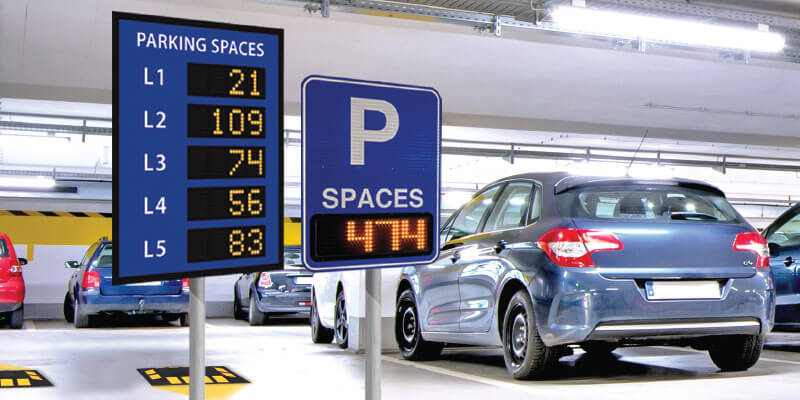 Your Goals
Your Goals
What comes to mind when you think of providing a positive patient experience? Since the passing of the Affordable Care Act, there’s been a shift toward improving the patient experience. The goal is to maintain awareness of the complete picture of patient care beyond actual medical procedures. While obvious aspects of that care are smiling at patients and being attentive to their concerns, being aware of extraneous needs can be just as fundamental. Helping patients find hospital parking easily is an important part of creating a positive patient experience.
Why Parking Matters
Parking might not seem important enough to play a role in patient satisfaction. It’s easy to think that the hospital experience begins when the patient walks in the door. But hospitals across the country are beginning to recognize that it often starts with looking for somewhere to park. In fact, one hospital found that patient satisfaction scores increased a staggering 50% when hospital parking was improved. Here’s why parking matters. Patients arriving at a hospital are often stressed and worried. Starting their encounter with easy to find parking helps alleviate that stress. It also contributes to on-time arrivals and reduced wait times. When parking is hard to find and confusing, that instead adds to already harried feelings.
 Parking Counting and Wayfinding
Parking Counting and Wayfinding
Smart parking or parking guidance simply uses sensors to keep track of available spots. The sensors then let people know when and where those spots are available. Most systems require installing a sensor in each parking spot, a costly and time-prohibitive project. OpenSpace by Parking Logix also uses sensors to keep track of available parking. But at a fraction of the cost with zero wiring process. How? Sensors are simply installed at entry and exit points. Data from those sensors is conveyed wirelessly to connected devices.
Piece of the Puzzle
Parking availability data from the OpenSpace sensors is sent to a sign at the entry of your lot, your facility’s website, or integrated apps so users can see the data on their phone. Where and how you display data is completely up to you. For example, at Seattle Children’s Hospital, data is collected but users can only see whether spots are available or not, not how many spots are open. Since the hospital’s lots are often close to full, this helps to prevent patients from getting discouraged. Another facility chose instead to show data for every lot on one large sign at the facility’s entry.
Helping patients find parking is just one piece of the puzzle of patient satisfaction. But for many, it’s the first piece. And certainly one that shouldn’t be ignored.


 Your Goals
Your Goals Parking Counting and Wayfinding
Parking Counting and Wayfinding




